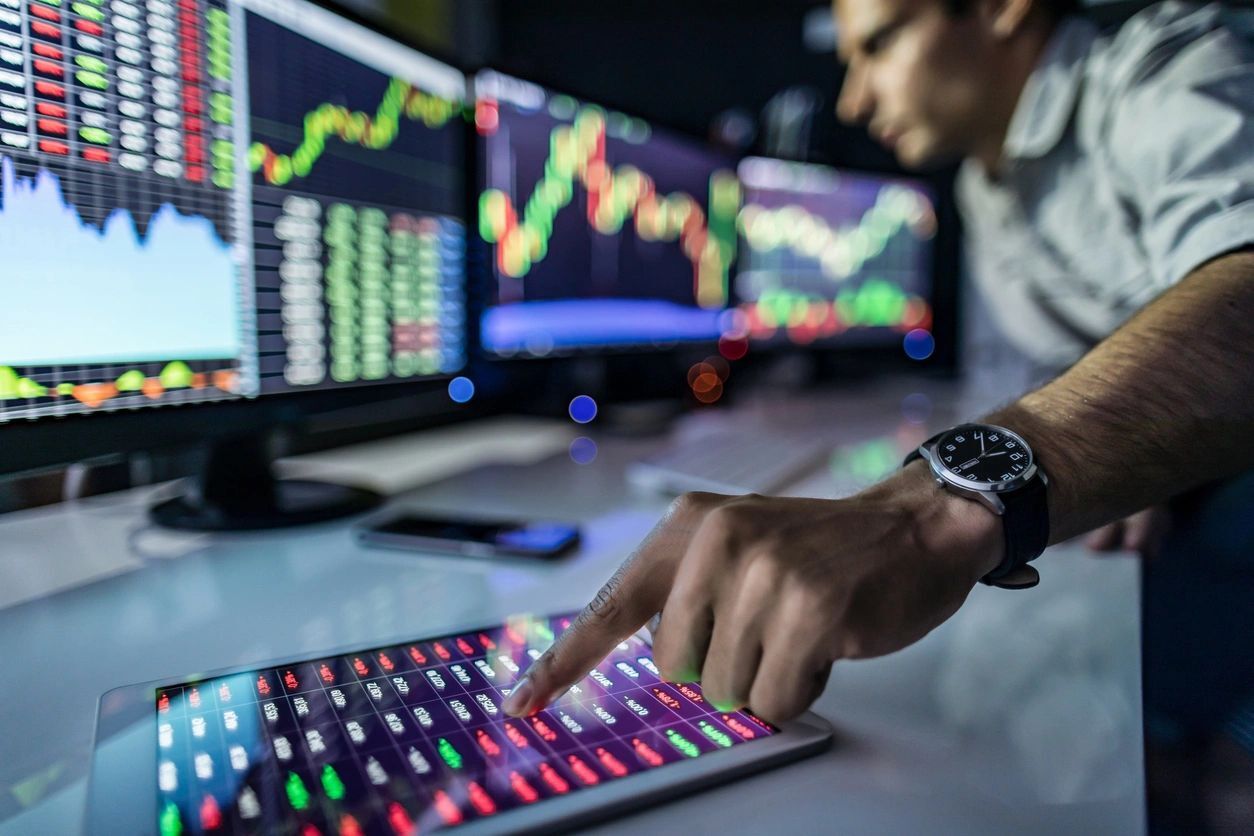Is Your IR Team Missing the Signs of Activism? Here’s What to Watch For

Shareholder activism rarely starts with a splash. It brews quietly through subtle trading patterns, shifting sentiment, or new attention to overlooked corners of your website. By the time a campaign goes public, the signs have often been there for months. In the first half of 2025 alone, there were 129 activist campaigns, highlighting just how active and persistent the risk has become. With activist playbooks evolving rapidly, early detection has become critical.
But when your IR team is focused on daily deliverables, these warning signs can slip by unnoticed.
This article outlines the early signs of shareholder activism and how your team can stay ahead using AI-powered tools. With the right signals surfaced at the right time, you’ll gain a clearer picture of activist risk before it hits your boardroom.
Why early detection of shareholder activism matters
Activist campaigns can pose a significant risk to financial performance, brand reputation, and executive alignment. While the headlines usually arrive suddenly, the buildup doesn’t. Activists tend to gather intelligence, acquire stakes, and test the waters long before making public demands.
The earlier your IR team detects potential activism, the more options you have. You can engage proactively, reassure your long-term holders, and align with your board and executive team. In short, you can stay in control of the narrative before it’s rewritten for you.
What are the early signs of shareholder activism?
- Unusual shareholder behavior
Keep a close eye on your cap tables. Warning signs include:
- Stake accumulation by new or previously quiet holders, especially if positions are built just below reporting thresholds.
- A spike in short-term trading activity or rapid turnover in institutional ownership.
- Voting patterns that suggest coordination, like abstentions or protest votes on routine matters.
- Traffic spikes to sensitive investor pages
Your website holds more clues than you might think. A sudden increase in visits to governance-related content, such as board composition, executive compensation, or investor FAQs, can signal early-stage concern. Those concerns carry weight. According to recent research from IR Impact, 84% of investors identified poor governance as the biggest trigger for shareholder activism.
- Shifts in earnings call engagement
Look for:
- Off-cycle or unscheduled investor questions.
- Repeated probing around governance or capital allocation.
- A noticeable change in tone or skepticism from new voices on the call.
- Third-party outreach and unusual inquiries
Not all activists show up with a flag. Legal firms, PR agencies, or “curious” consultants may reach out with soft asks. Anonymous emails with specific concerns. Repeat questions that feel planted.
It may not feel definitive, but it’s rarely random.
- Public sentiment and media signals
Before formal letters arrive, sentiment often shifts externally:
- Critical media coverage or op-eds targeting leadership
- Negative social sentiment spikes around key events
- Mentions by known activist investors, even in passing
These are breadcrumbs worth tracking.
Why signs of activism often go unnoticed
Most IR teams are already paying close attention, but early signs are easy to miss.
Signals are scattered across different tools, dashboards, emails, and meeting notes. When you’re managing earnings prep, investor meetings, and board reporting, a single trend can easily slip through unnoticed.
That’s where intelligent, systematic monitoring makes a difference.
How can AI help prevent shareholder activism surprises?
AI gives IR teams a sharper lens on activist risk by connecting the dots across fragmented data. Instead of relying on isolated observations, it delivers a comprehensive, real-time view of emerging threats. Here’s how:
1. Detects hidden behavior shifts at scale
Rather than scanning individual data points, AI analyzes broader patterns across your investor base, highlighting behavioral anomalies, even when activity falls below manual monitoring thresholds. This includes stake-building, unusual engagement timing, or rapid shifts in sentiment.
2. Combines fragmented inputs into a cohesive risk picture
Stakeholder behavior, digital activity, meeting notes, and sentiment data often sit in silos. AI brings this data together to reveal trends that don’t surface in isolation.
3. Prioritizes signals that resemble past campaigns
AI references historical activism cases to highlight similar activity, providing context that helps IR teams triage alerts and focus on developments that carry real risk.
4. Surfaces slow-building sentiment trends
While earnings calls and meetings are already monitored, AI tracks gradual tonal shifts and sentiment changes over time, surfacing the early drift that often precedes public confrontation.
5. Highlights networked behavior across stakeholders
Repeated language or aligned concerns from different parties may point to coordinated interest. AI spots these links early, before they reach a tipping point.
6. Monitors digital breadcrumbs without delay
If multiple stakeholders start reviewing governance pages or digging into archived ESG disclosures, AI flags the trend immediately, rather than waiting for post-hoc analytics.
7. Equips the boardroom with clear, defensible insight
When leadership needs to understand emerging risk, AI provides a structured trail of what was observed and when. This supports faster, data-backed decisions during critical moments.
Q by Q4: Your AI-powered advantage against activist risk
Q, the industry’s first IRO AgentTM, is engineered for this exact challenge.
Built into the Q4 Platform, Q proactively monitors investor signals, website engagement, meeting notes, and sentiment. It connects the dots between what’s happening in your shareholder base and what it could mean for your strategy.
Q helps IR teams:
- Spot activist red flags earlier: Unusual trading? Q surfaces it. Governance page traffic spike? You’ll get the alert.
- Stay prepared: Q’s contextual briefings summarize investor trends and questions ahead of key meetings or earnings.
- Act faster and more strategically: With intelligent insights ready before a concern becomes a crisis, your team stays one step ahead.
Think of Q as your early-warning system. It’s like having an extra team member focused solely on protecting your shareholder narrative.
Don’t wait until it’s public
The signs of shareholder activism are often there. You just need the right tools to spot them.
With Q, you can detect risk before it disrupts your narrative. Get the insight, context, and clarity your team needs to respond with confidence.
Ready to strengthen your activism defense strategy? Book a demo to see how Q can help your team identify the early signs of shareholder activism, or schedule a consultation to discuss your specific risk profile ahead of your next earnings event.
Want to learn more first? Explore Q and see how it supports stronger, faster decision-making.
